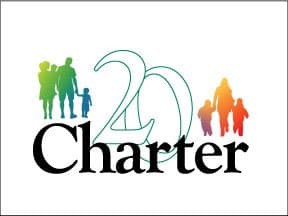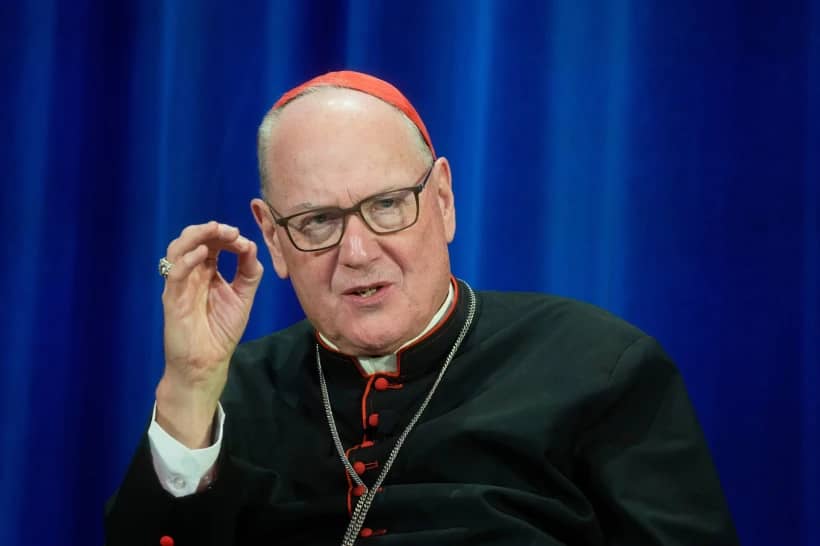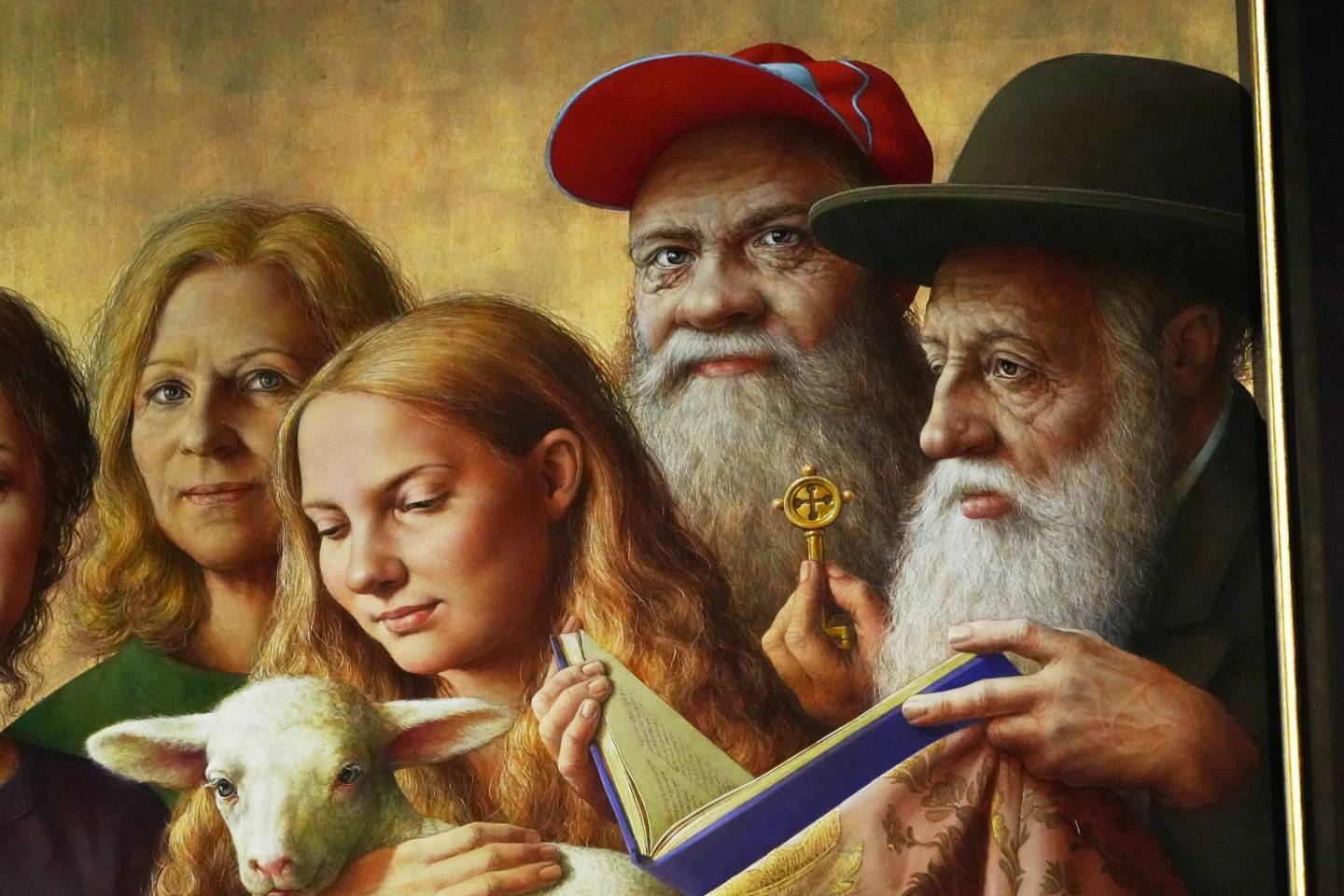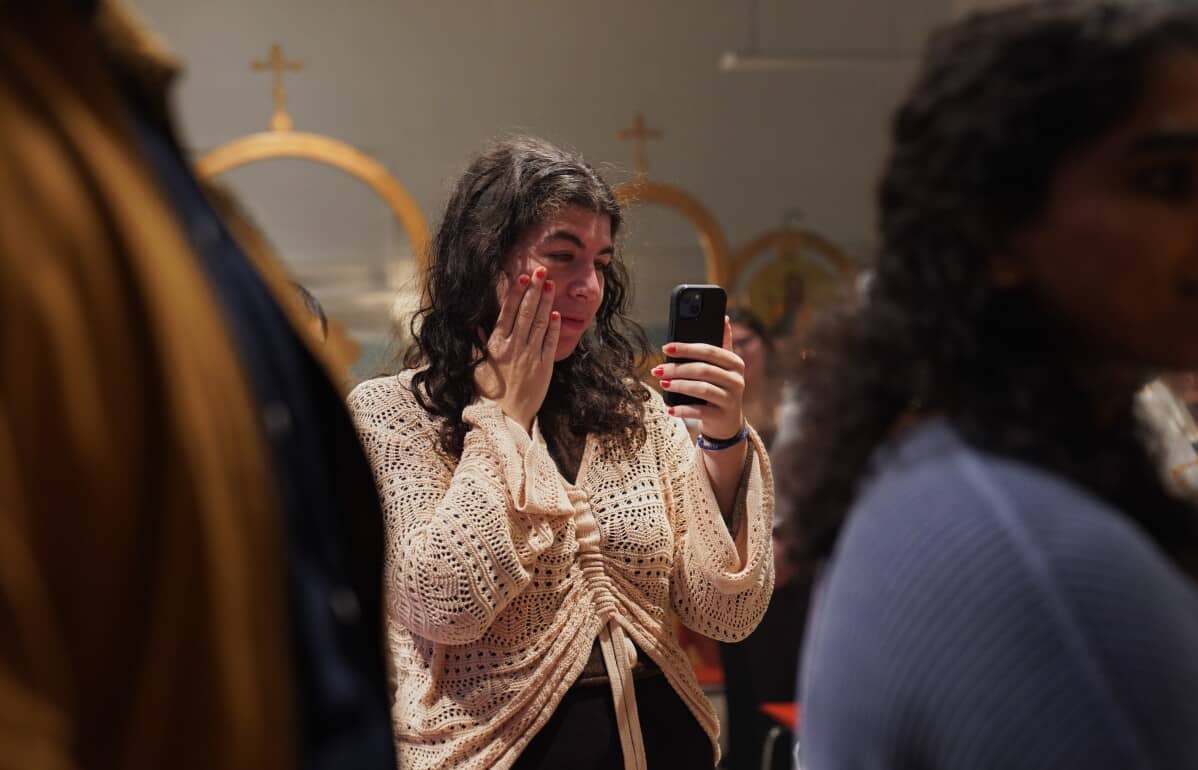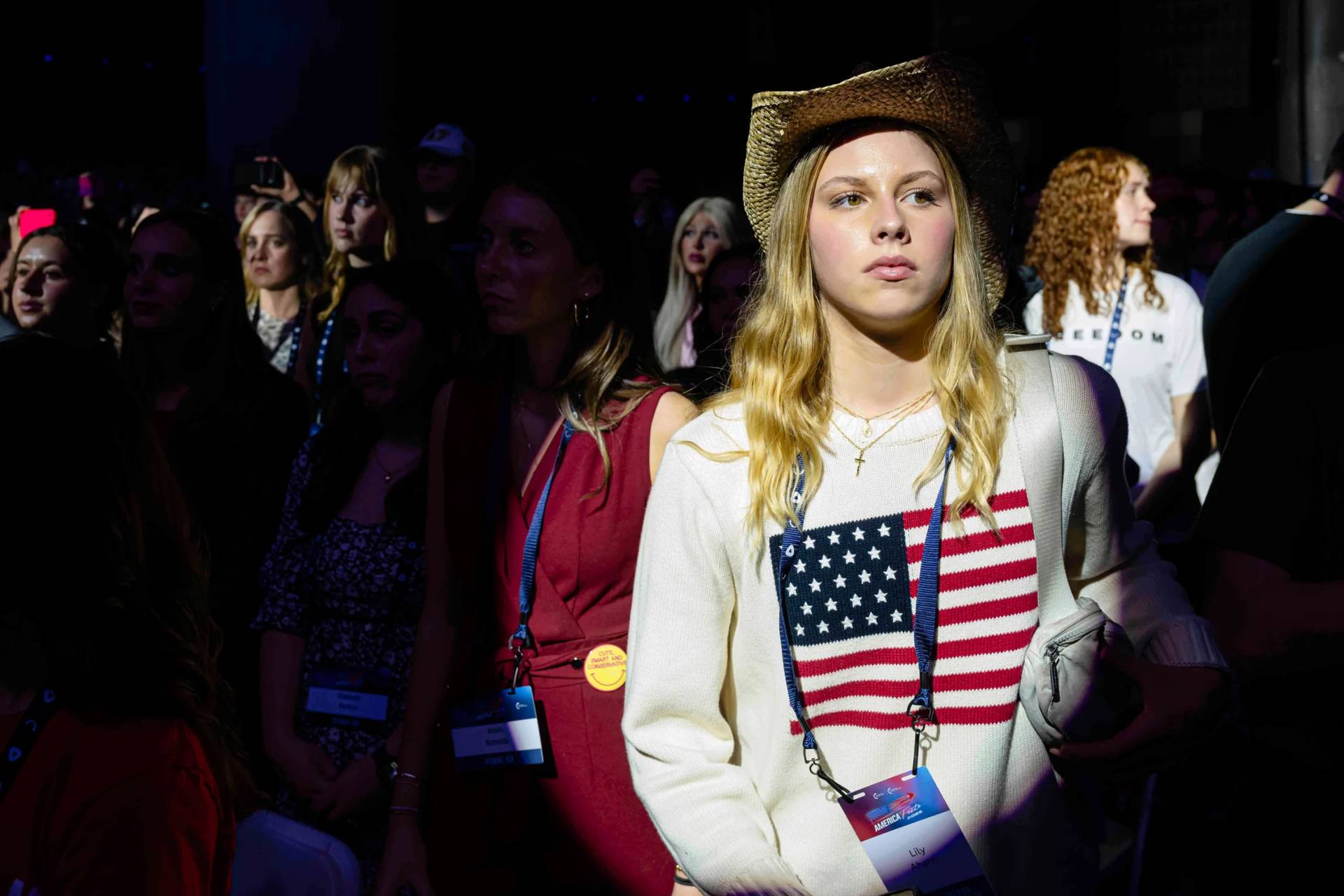WASHINGTON — Here is a brief timeline of events surrounding the clergy sexual abuse crisis and the establishment of the “Charter for the Protection of Children and Young People.”
1983
Diocese of Lafayette, Louisiana, suspends Father Gilbert J. Gauthe after he admits to having sexually abused at least three dozen young boys and girls. Lawsuits and trial over the next three years draw national attention to the issue of sexual abuse of children by priests.
1985
At June meeting, U.S. bishops have extensive discussion of clerical sexual abuse. A confidential report warns the crisis could cost the church billions of dollars. Individual dioceses and state Catholic conferences begin developing policies to respond to sexual abuse allegations.
1992
Allegations against James Porter, former priest in Fall River, Massachusetts, lead to 68 lawsuits. At June meeting, president of U.S. bishops’ conference issues a five-point statement summarizing guidelines sent to dioceses four years earlier. The guidelines call for removal and treatment for offender, reporting of incidents in accord with civil law, reaching out to victims and dealing “as openly as possible” with the community.
2002
In January, Boston Globe publishes an investigative series on decades of clergy sexual abuse in the Boston Archdiocese and the mishandling of those cases.
In April, U.S. cardinals are summoned to Rome for a Vatican summit on clergy sexual abuse. After 10 years of bishops voluntarily addressing clerical sexual abuse, Vatican allows U.S. bishops to draft legislation binding on all U.S. dioceses as legal norms on abuse, subject to Vatican approval.
In June, the bishops approve a “Charter for the Protection of Children and Young People” at their national assembly in Dallas. A National Review Board is formed to oversee compliance of dioceses with the charter, and two major national studies are commissioned regarding the scope and scale of the problem and its causes.
In November, after consultation with the Vatican, bishops adopt a revised version of the “Essential Norms,” which establishes legal procedures under church law for applying charter policies.
Kathleen McChesney, a senior FBI official, is appointed first executive director of the Office (now Secretariat) of Child and Youth Protection required by the charter.
In December, Cardinal Bernard F. Law resigns as Boston archbishop and takes up residence in Rome.
2003
“Safe environment” guidelines sent to bishops. Charter requires dioceses to have safe environment programs.
2004
The first report on the implementation of the charter is released; it finds that 90 percent of the dioceses were fully compliant. This report would be issued annually.
The John Jay College of Criminal Justice releases its study, “The Nature and Scope of the Problem of Sexual Abuse of Minors by Catholic Priests and Deacons in the United States.” Study found that from 1950 through 2002, 4,392 priests were accused of abuse and more than 10,600 individuals made allegations.
2008
Pope Benedict XVI addresses the matter of clergy sexual abuse of children in several talks. He meets with three victims privately to listen to them and pray with them.
2011
The “Causes and Context of Sexual Abuse of Minors by Catholic Priests in the United States, 1950-2010” is released. It concluded that there was no single cause or predictor of sexual abuse by Catholic clergy.
Bishops vote on changes to the charter, adding policy on child pornography.
2014
Pope Francis establishes the Pontifical Commission for the Protection of Minors.
2015
Pope Francis creates a Vatican tribunal section to hear cases of bishops who fail to protect children from abusive priests.
The film “Spotlight” is released, dramatizing the Boston Globe‘s investigation of clergy sexual abuse in the Boston Archdiocese. The film goes on to win the Academy Award for Best Picture.
2016
Pope Francis issues “motu proprio” “As a Loving Mother,” which specifies that “grave causes” for removal of a bishop to include a bishop’s negligence in exercising his role, especially in relation to cases of “sexual abuse of minors and vulnerable adults.” (Canon law already provides the possibility of removal “for grave causes.”)
2018
Pope Francis makes remarks dismissing allegations against a Chilean bishop who was accused of covering up alleged abuses by a priest. Pope Francis acknowledges his mishandling of the crisis after protests and sends an investigative team to examine the matter.
All Chilean bishops offer to resign, and the resignations of three are accepted.
Archdiocese of New York publicly confirms that it substantiated allegations of abuse of a minor by Cardinal Theodore E. McCarrick. Subsequent reports confirm that the Archdiocese of Newark, New Jersey, and the Diocese of Metuchen, New Jersey, have settled claims of adult misconduct by the prelate. Pope Francis accepts Cardinal McCarrick’s resignation from the College of Cardinals.
In August, a Pennsylvania grand jury issues a report chronicling abuse allegations against more than 300 priests and other church workers over a 70-year period, starting in 1947, in six of the state’s eight dioceses.
Pope Francis issues a “letter to the people of God” regarding the abuse crisis.
Plans by the U.S. bishops to vote on action items regarding accusations made against bishops are put on hold at the Vatican’s request. The bishops agree to meet for a weeklong retreat in January 2019 at Mundelein Seminary in Illinois.
2019
In February, Pope Francis holds an international summit of all episcopal conferences in Rome to address the clergy sexual abuse crisis internationally.
McCarrick is removed from the clerical state because of allegations of sexual abuse of minors and seminarians.
Bishop Michael J. Bransfield is removed as head of the Diocese of Wheeling-Charleston, West Virginia, because of sexual harassment of adults and financial improprieties.
Guam Archbishop Anthony Apuron is removed in the midst of accusations of sexual abuse and financial mismanagement.
Pope Francis issues the “motu proprio” “Vos Estis Lux Mundi” (“You are the light of the world”), which revises and clarifies norms and procedures for holding bishops and religious superiors accountable for protecting abusers worldwide.
At June meeting, U.S. bishops pass three new bishop accountability reforms, and they establish a third-party reporting system for allegations of violations by bishops.
Pope Francis accepts the resignation of Bishop Richard J. Malone of Buffalo, New York, amid allegations that he knowingly kept a priest in ministry despite abuse allegations against him.
2022
Twenty years after the establishment of the “Charter for the Protection of Children and Young People,” Los Angeles Archbishop José H. Gomez, president of the U.S. Conference of Catholic Bishops, says the anniversary is “not a time of celebration, but a time of continued vigilance and determination. He also says in the June 9 statement, “In these 20 years, we have greatly benefited from listening to and working with survivors of abuse. We are grateful for their courage in sharing their stories and for helping the church strive to create a culture of protection and healing.”
